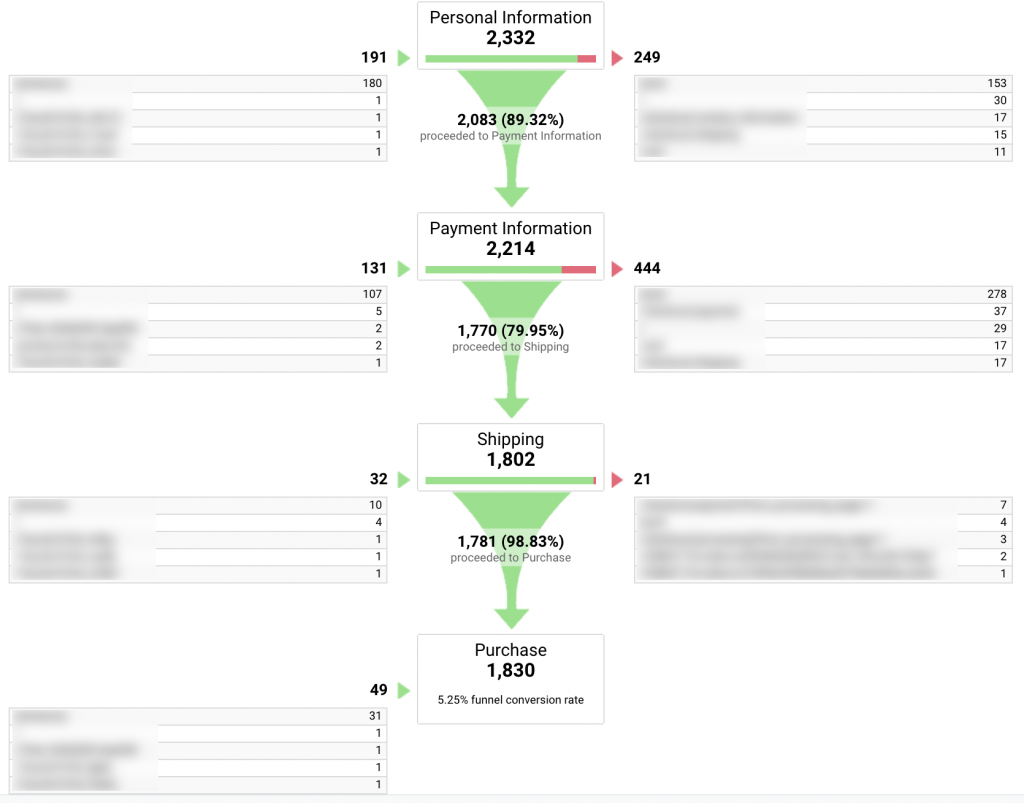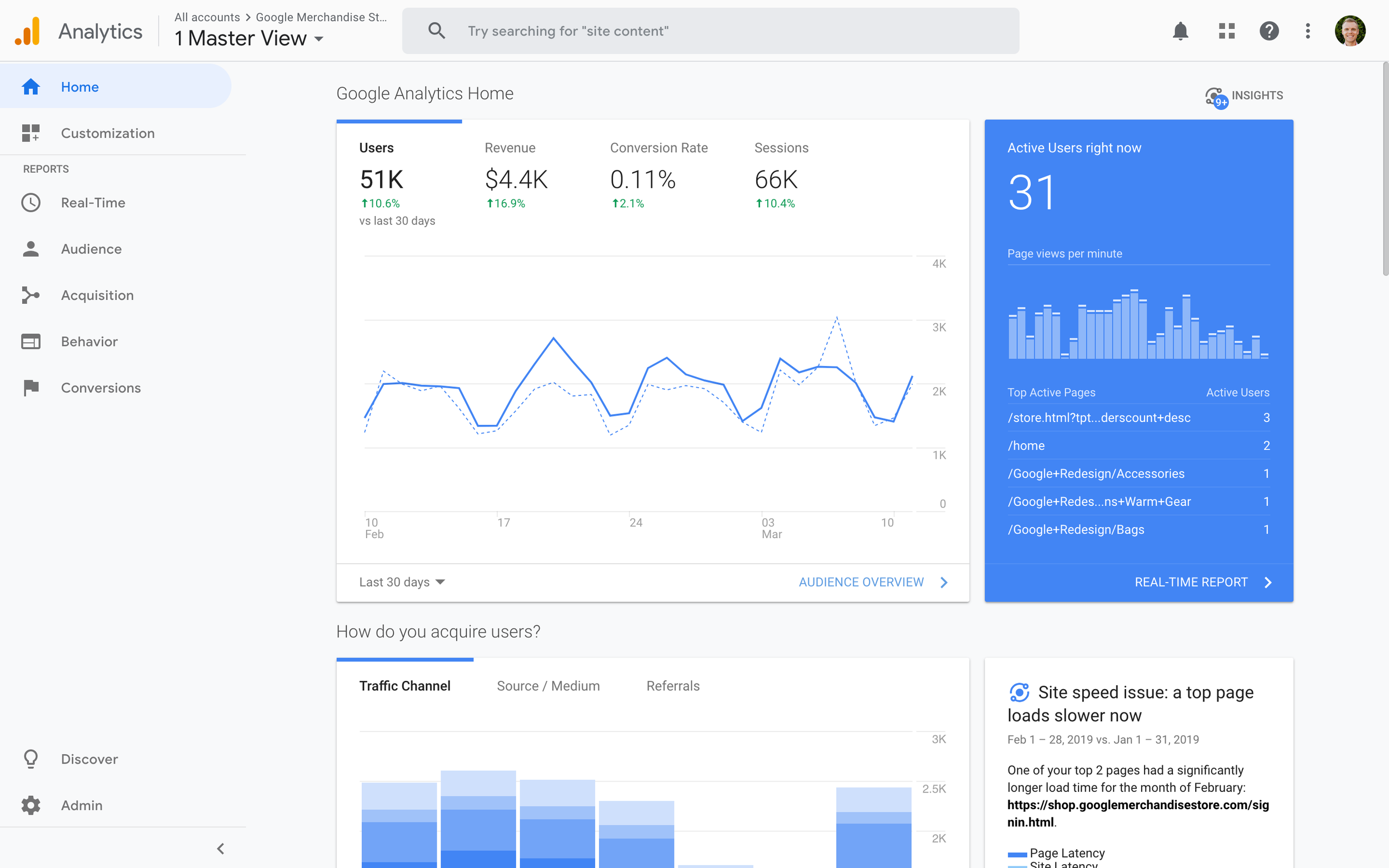Discovering What Data Is Google Analytics Goals Unable to Track
Discovering What Data Is Google Analytics Goals Unable to Track
Blog Article
Discover the Limitations of Google Analytics Goals: Revealing the Information Types That Remain Untrackable
As businesses progressively depend on data-driven decision-making, recognizing the restrictions of devices like Google Analytics ends up being extremely important. While Google Analytics Goals deal useful insights into customer interactions, there exist information kinds that thwart monitoring, posing challenges to an extensive understanding of customer behavior. These untrackable data kinds increase questions regarding the accuracy and completeness of the analytics information that organizations greatly count upon for their digital methods. Interested to discover the surprise unseen areas in your information analysis process?
Incomplete Individual Journey Tracking
Insufficient user journey tracking within Google Analytics can impede the capacity to properly assess customer habits. When the individual trip is not fully tracked, there are voids in the information that stop a comprehensive understanding of exactly how users engage with a website. This lack of insight can result in missed possibilities for optimization and improvements to the user experience.
One common concern with incomplete individual journey tracking is the lack of ability to see the complete path that individuals take in the past completing an objective or leaving the website. Without this information, it is challenging to identify where users may be experiencing challenges or friction factors that stop them from transforming. In addition, insufficient tracking can obscure the influence of specific advertising and marketing efforts or internet site modifications on user actions.
To resolve this constraint, it is critical to establish correct tracking devices within Google Analytics to catch the entire customer journey. This may involve establishing event tracking, goal funnels, or using tools like Google Tag Supervisor to make certain that no crucial interactions go unrecorded. By obtaining a thorough view of the customer trip, website proprietors can make more informed decisions to boost individual engagement and drive conversions.
Acknowledgment Obstacles
Navigating with acknowledgment challenges in Google Analytics needs an extensive understanding of exactly how different touchpoints contribute to the total conversion procedure. Attribution difficulties occur from the intricacy of modern-day consumer journeys, where customers interact with multiple channels prior to converting.
One typical attribution difficulty is the problem in associating conversions to the proper source, particularly in situations where individuals engage with several channels before transforming. This can cause errors in establishing which advertising and marketing efforts are driving one of the most conversions. In addition, cross-device monitoring presents another attribution obstacle, as users usually switch over in between tools throughout their trip, making it challenging to track their interactions seamlessly. Marketing experts have to meticulously translate and evaluate attribution information to make enlightened decisions and optimize their advertising techniques effectively.
Offline Conversions
Provided the challenges connected with connecting conversions precisely in online networks, the dimension of offline conversions provides a substantial opportunity for online marketers seeking a more thorough understanding of their clients' journey. Offline conversions describe actions that clients absorb the physical world, such as making acquisitions in brick-and-mortar stores or over the phone, going to occasions, or involving with printed products - what data is google analytics goals unable to track. These conversions are important for services that operate both online and offline, as they offer useful understandings into the effectiveness of advertising and marketing campaigns throughout different touchpoints
Tracking offline conversions traditionally positioned a significant challenge for marketing experts, as it was challenging to link these actions back to certain on-line communications precisely. However, with improvements in modern technology, such as the assimilation of CRM systems, one-of-a-kind identifiers, and discount coupon codes, services can currently connect the void in between online and offline information to get a much more alternative sight of client actions. By effectively determining offline conversions, marketing experts can optimize their methods, designate resources more efficiently, and eventually improve the overall consumer experience.
Cross-Device Tracking
Cross-device monitoring plays a crucial role in comprehending the interconnected nature of consumers' digital interactions across several devices. In today's omnichannel globe, where customers seamlessly switch over between smart devices, desktop computers, and tablets, tracking their behavior throughout these devices is important for marketing professionals to gain an extensive view of their client journey.

Additionally, personal privacy problems and guidelines such as GDPR and CCPA have additionally complicated cross-device tracking. With customers demanding more control over their data and increased limitations on monitoring modern technologies, marketing click over here now professionals need to find privacy-compliant and ingenious methods to link customer communications throughout tools.
Dynamic Web Content Interaction
Comprehending individual engagement with dynamic material is critical in enhancing digital marketing approaches for boosted target market communication. Dynamic content refers to internet site aspects that transform based on user actions, choices, or various other aspects, providing an individualized experience. Tracking user communications with vibrant material presents challenges for conventional analytics tools like Google Analytics.
While Google Analytics can track standard communications like clicks and page views, it may struggle to capture more nuanced interactions within vibrant content. what data is google analytics goals unable to track. Metrics such as time invested in specific dynamic components, float actions, or interactions within pop-ups are typically not quickly measurable using conventional monitoring techniques. This restriction hinders marketing professionals' capability to totally grasp how customers are engaging with vibrant material and customize their strategies accordingly

Verdict
Finally, Google Analytics objectives have constraints in tracking incomplete customer trips, connecting conversions accurately, capturing offline conversions, tracking cross-device interactions, and measuring dynamic content engagement. These restrictions highlight the significance of checking out added tracking methods and tools to acquire a more extensive understanding of individual actions and conversions past what Google Analytics can offer.
While Google Analytics Goals deal useful understandings into individual interactions, there exist data types that elude monitoring, posing difficulties to an extensive check this understanding of customer habits.Incomplete individual journey tracking within Google Analytics can hinder the ability to precisely examine individual habits. When the individual trip is not fully tracked, there are voids in the information that stop a detailed understanding of exactly how users interact with a website.One usual concern with insufficient user journey tracking is the inability to see the full his response course that individuals take previously finishing a goal or leaving the site. By getting an extensive view of the customer trip, web site proprietors can make more informed choices to enhance individual engagement and drive conversions.
Report this page